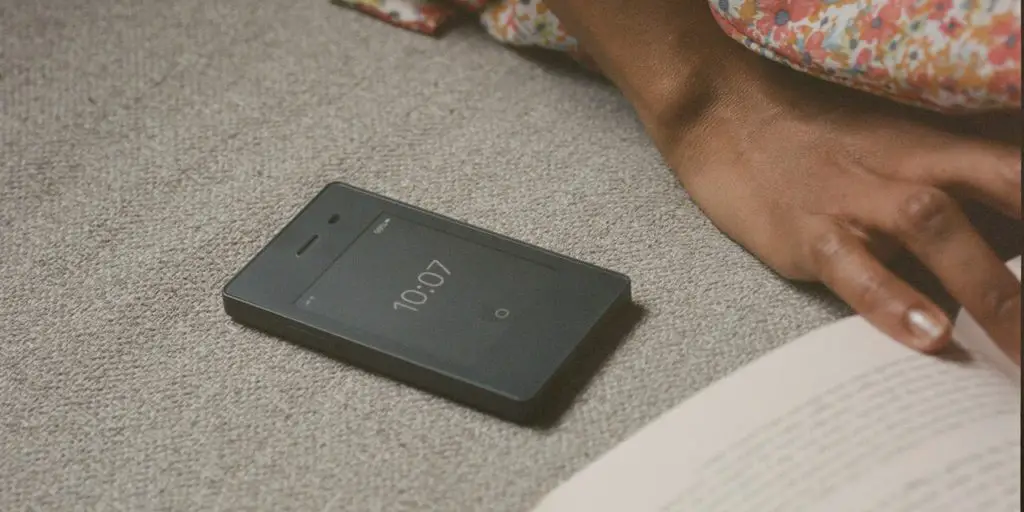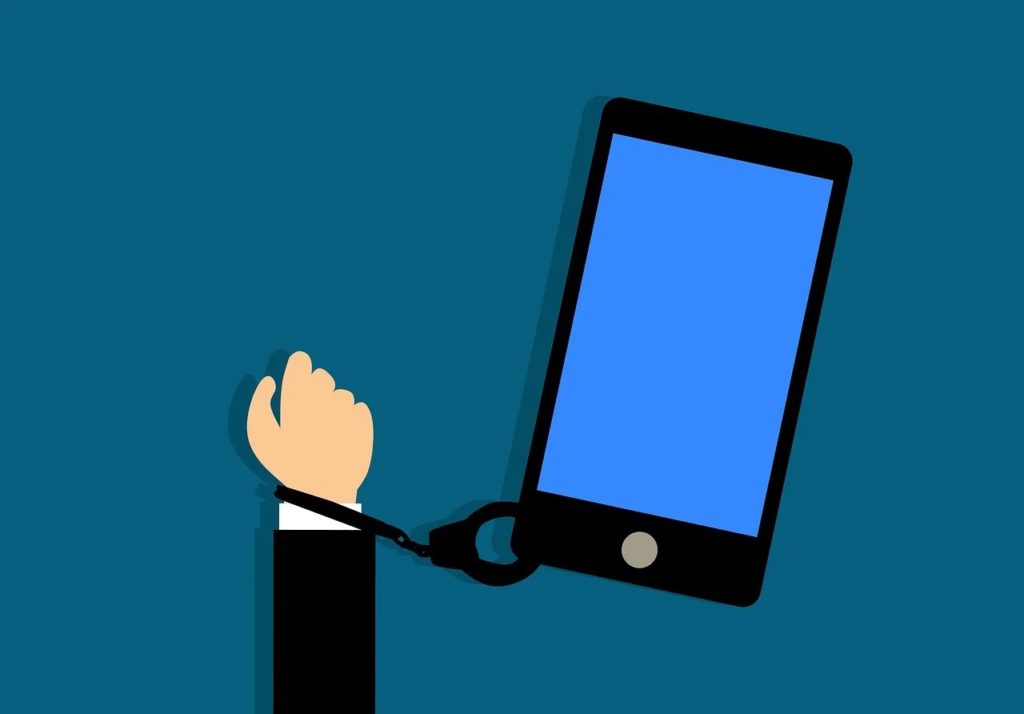Have you ever tallied up the hours you spend staring at a screen each day? Screens include ones found on computer monitors, laptops, smartphones, TVs, tablets, etc. In 2016, Neilson did a survey and found most people devote roughly 10 hours a day to screen time. Many of those hours are impossible to avoid. If you are working either at home or at an office, you pretty much need to be looking at a computer screen for a good portion of the workday. But it’s probably safe to assume – considering how most of us cling to our phones – that we’ve now gone past the 10 hours a day mark set back in 2016, like way over. A good goal for all of us in 2022 is to start taking back control of our time and giving our eyes and brains a rest from digital overload. But, of course, we still need to get stuff done, and a lot of that stuff has to be done using a computer or a smartphone. So, what can we do to limit and control screen time to be more efficient? If we learn to make our screen time more efficient, we should do less of it while getting more done.
Also read: What is Geo-blocking? | Everything You Need to Know
An awesome tool that can help you learn to become more screen-time efficient is known as a blocking app, and these have become extremely popular worldwide lately. They’re free to download and quickly sync across all your devices. The idea behind a blocking app is to use it as a tech tool that allows you set some parameters as you surf the web across all your screens. For example, instead of coming into the office at 9:00 AM. and then spending an hour or so ‘warming up’ for work by checking sports scores or browsing social media, a blocking app can help you jump right into things as you can decide that sports websites and social media are blocked from 9:00 AM to noon each working day. All the choices are up to you. You decide what you want to block, for how long you want to block it, and at what times. It’s a strategy that promotes efficiency through limits and is worth trying, especially as blocking apps are free to download and easy to use. The fact that you make these choices is actually among the more important elements of a blocking app strategy, as making choices reinforces the changes in behavior you’ve committed to. We all like to think of ourselves as ‘good’ people, and when we do what we said we would do, it feeds our ego – in a good way. Make choices and get help sticking to them – it’ll go a long way to modifying bad habits.
Another recent trend that’s been picking up steam is banishing phones from bedrooms. Alex Hern writes for The Guardian and notes, “Many of us use our phones as alarm clocks, meaning they are the last thing we see at night, [and] the first thing we see in the morning, perhaps even before our eyes are fully open.” However, blue light emitted from phone screens can impact the quality of sleep. What’s more, reading a quick email or responding to a Facebook post can ‘turn on’ your brain and cause stress, definitely not an aid to good sleep. Try getting an old-fashioned alarm clock and banishing your phone from the bedroom. Another idea is the suggestion to turn your phone’s display gray (switching to grayscale). Without all the vibrant colors on your screen, the idea goes, perhaps you’ll be more likely to put it down faster. Other things to try: Instead of reading articles, try listening to more podcasts. A solid plan is committing yourself to find a hobby in 2022 that is not screen-related. It could be reading old-fashioned paper books, or it could be knitting, model making, or whatever you happen to fancy. The idea is to remind yourself that fun can be had without a screen. Also, brushing up on the art of conversation never hurt anyone, and a good way to have a conversation is to call people. So many of us prefer texting or even leaving an audio message, but calling someone up and speaking to them has a personal element that’s arguably a lot better for your mental health than texts or voice messages. Talking to someone requires paying attention so you can respond accordingly and quickly. This helps train us to concentrate.

Finally, if you find that the temptation of a smartphone is simply too great, then consider trying a ‘dumbphone.’ A model from one company called Light Phone is getting decent reviews as it uses an e-ink screen such as those found on e-readers (so no blue light) and does not have any apps other than perhaps a calculator and music player. Using this type of phone, you are left with the option of texting or calling, but there’s no random surfing the web, no Words with Friends or Wordle, no social media, and for many people, this equals peace of mind they haven’t experienced in years. Try some of these ideas, and we’ll bet you get more done faster, which means you’ll have more time to do things that don’t involve screens. And remember, it’s never too early to start teaching children to develop digital discipline. Bill Gates once noted that the minimum age for a child to begin using a cell phone was – in his opinion – about 14. Of course, some parents choose to give them to their children earlier, and every guardian of a minor should do their best to research the facts and make a decision that’s in their family’s best interests. Some feel kids need to get used to the web earlier. Other rationales are easy to understand as well, with safety and being able to be in constant contact with kids the main issue cited by parents. But early web exposure comes with rather stark downsides. A study from back in 2016 found that 50% of teens feel “addicted” to their devices. In 2018, the Pew Research Center said that 45% of teens who have access use the internet ‘almost constantly.’

There are now calls from psychiatrists to suggest using DSM-5 criteria – which is the ‘bible’ for all types of mental conditions – to gauge whether smartphone use is problematic or meets the standard of an addiction. If that model were to be followed, symptoms of addiction would include insomnia, excessive use that causes conflicts with family members, becoming irritable – or even violent – if the phone is taken away, skipping social events or opportunities to do things that would be generally considered fun in exchange for screen time, etc. It’s not all gloom and doom, however. The main key for those who agree to give their teenager or child a smartphone is education. The entire family needs to understand how technology affects humans emotionally, academically, socially, and physically. We are now roughly half a century into the ‘world of screens.’ And of course, even less time has passed since nearly every person in the developed world has the combined knowledge of humanity’s progress over the past 20,000 years contained in a device that fits in their palm. We haven’t had time to evolve either evolutionarily or strategically to adapt to this new development. Healthy limits must be put in place so that so-called ‘digital diets’ that work for people of all ages can be maintained. Just as we understand the detrimental effects of overeating and eating certain types of unhealthy food, unhealthy consumption of digital data is no less dangerous, and mindless scrolling affects daily functioning and can cause addiction.
Also read: 15 Best Apps to Stop Your Smartphone Addiction
Responsible smartphone use needs to be taught early – almost similar to how we teach road safety or other basic life lessons. Teaching yourself and your teen how to block a website and then sticking to healthy tech habits, such as limiting screen time, is a cornerstone in the development of ‘digital discipline.’ Whatsmore, in the case of a minor, if you were to first have an honest conversation with your teenager about the dangers of excessive tech use, and then agree together to adhere to some boundaries which you set up with them, you might be able to avoid a whole lot of heartache. A blocking app helps curb the temptation to waste time, but there’s a positive angle as well: it’s a lesson that, if you structure your time right and get work done, you’ll have more free time to enjoy socializing online or enjoying surfing the web. It’s not completely hyperbole to argue that the health of humanity may end up resting as much on digital discipline as other major existential crises such as obesity or even climate change. That sounds overblown, but if you stop and think for a moment, you may come to agree. With young people saying they increasingly don’t know the difference between what is real and what isn’t real, courtesy of the internet, and with virtual reality and augmented reality – as well as deep fakes and other pernicious technology – only set to become more commonplace, all of us need to find adaptive strategies. –And we need to do so as soon as possible.
